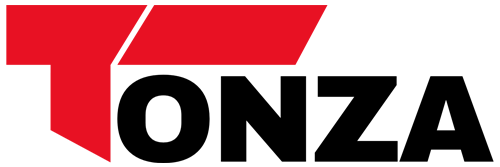What components are required for a CNC plasma machine?
Understanding the Components of a CNC Plasma Machine
When it comes to CNC (Computer Numerical Control) plasma machines, there are several key components that are crucial for their operation.
These components work together in harmony to ensure precision cutting of various materials. In this article, we will delve into the essential components required for a fully functional CNC plasma machine.
1. Plasma Cutting Torch
The plasma cutting torch is the heart of a CNC plasma machine. It is responsible for creating the plasma arc that heats and cuts through the material being worked on.
The torch is typically equipped with a nozzle that focuses the plasma stream, ensuring a clean, precise cut.
Different torch designs are available, with some offering additional features such as height control and automatic gas flow regulation.
2. CNC Control Unit
The CNC control unit is the brain of the plasma machine. It houses the software that controls the movement of the cutting torch and dictates the cutting parameters.
The operator inputs the desired cutting specifications into the control unit, which then translates this information into precise cutting actions.
The control unit is usually equipped with a user-friendly interface, allowing for easy operation and monitoring of the cutting process.
3. Cutting Table
The cutting table provides a stable platform for the material being cut. It is crucial for ensuring accurate and consistent cutting results.
The cutting table may come in various sizes to accommodate different material dimensions.
Some cutting tables are equipped with additional features such as water beds or downdraft systems to help control fumes and debris generated during the cutting process.
4. Drive System
The drive system is responsible for moving the cutting torch along the material in a precise and controlled manner.
It consists of motors, drive belts, and other mechanical components that work together to ensure smooth and accurate motion.
The drive system is connected to the CNC control unit, which sends signals to dictate the torch’s movement speed and direction.
5. Plasma Power Source
The plasma power source provides the electrical energy needed to create the plasma arc. It is essential for generating the high temperatures required for cutting through various materials effectively.
The power source may come in different capacities, depending on the thickness and type of material being cut. Some power sources also offer features such as variable output settings and automatic gas regulation.
6. Gas Delivery System
The gas delivery system supplies the necessary gases, such as oxygen, nitrogen, or argon, to the cutting torch.
These gases play a crucial role in the plasma cutting process by helping to control the plasma arc and remove molten metal from the kerf.
The gas delivery system is typically equipped with regulators and flow meters to ensure precise gas flow rates during cutting.
7. Height Control System
The height control system maintains a constant distance between the cutting torch and the material being cut.
This is crucial for ensuring consistent cutting quality, especially when working with uneven or curved surfaces.
The height control system may utilize sensors or automatic feedback mechanisms to adjust the torch’s height as needed during cutting.
Conclusion
In conclusion, a CNC plasma machine comprises several essential components that work together to facilitate efficient and precise cutting of various materials.
From the cutting torch to the CNC control unit, each component plays a vital role in ensuring optimal cutting performance.
By understanding the function of these components and how they interact, manufacturers can maximize the capabilities of their CNC plasma machines and achieve superior cutting results.

1 thought on “What components are required for a CNC plasma machine?”
Really appreciate how clear it is.